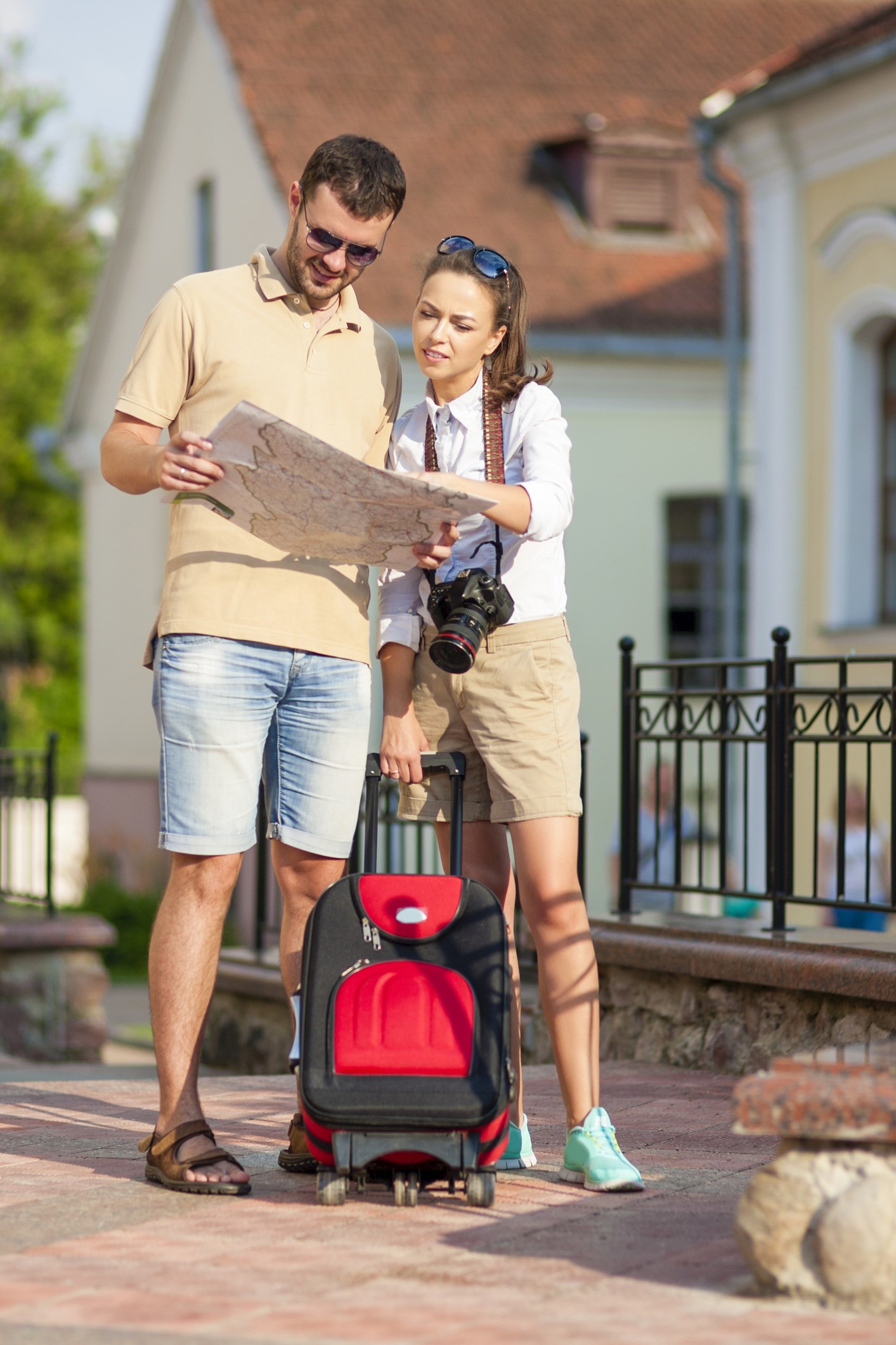
Whether you’ve picked up a camera as a hobby or profession, you probably have learned two things by now; photography takes up a lot of your time and a lot of your wallet. There is always something new; a new camera body, lens or accessory that you find you just can’t live without. And all that “stuff” needs to be carried with you – which makes it critical to find the perfect bag to haul it all around in.
Camera bags come in all sizes and shapes, and the decision to use one over the other can be made based on a combination of considerations – not the least of which is the style of photography you like to take and the locations you like to shoot in.
Style of bag
Each bag style comes with a unique set of pros and cons.

- Shoulder
- Sling
- Backpack
- Roller bags
- Harness and holsters
- Size of bag
- Other considerations
Shoulder bags have been around so long they are what we picture our dads hauling around on our old family vacations. The reason they remain popular today is that those square bags that access everything you need in one convenient top compartment worn on a shoulder are still very practical.
Available in a wide variety of sizes, the shoulder bag is convenient for travel, urban, and everyday uses. The downside is that everyone knows you are carrying valuable camera equipment secured only by a single strap, and it is not always easy to find what you need when everything is packed in that little square.
Sling bags are oblong bags on a single strap that are worn across your chest. Having the bag in front of you at all times makes it easy to add and remove objects while being worn. It is a little more discreet and secure than a shoulder bag in urban settings while still allowing you to carry all the essentials you need.
There are also subsets of sling and shoulder bags made specifically for the fashionista for when the style is as important as function. Moreover, sling bags can also be useful for individuals who are traveling, and may have to take out their camera multiple times to click pictures of landscapes and streets. If they are into professional street photography (check out https://www.topazlabs.com/learn/how-to-do-street-photography for some photography tricks and tips), sling bags can provide them quick access to camera to capture interesting photographs.

Whether hiking on trails, or travelling through an airport, when you need to have your hands free and don’t need to have ready access to your gear, a backpack style may fit your needs best. Backpacks tend to have more space available than the previous two styles, they are more comfortable to wear for longer periods of time, and they have the extra security of locked compartments. But they are not very useful when you need quick access to your lenses and accessories – however, I find a backpack on my husbands back to be the best of both solutions!
Sometimes you need to pack so much equipment that it is not practical or convenient to carry a bag at all, which makes a roller bag the perfect solution. Many are made to comply with airline carry on size restrictions with padded compartments to protect fragile equipment making them perfect for the photographer on the go.

Several styles of bags are now available that combine the backpack and roller bag features into one which gives a lot of flexibility and functionality, but usually comes with a larger price tag as well.
Sometimes the best camera bag isn’t a bag at all. Camera carry harnesses, holsters or waist packs complete with hooks and bags to carry all your basics as attachments work great when you need to travel light, keep your hands free, and don’t care that all your gear is visible and possibly exposed. While not a practical option for when you need to quickly put on/off gear repeatedly, it can be a perfect solution for a dedicated day of shooting.
Regardless of which style of bag you decide on, the next consideration you have is how large of a bag will you want. Here you need to trade off how much gear you will want to carry vs. how big and bulky is acceptable to your needs. Make sure you consider the number of camera bodies you will carry, the number and size of the lenses you want to have with you, all the accessories (lights, filters, extra batteries, chargers) you need and anything else you may be carrying – such as a laptop computer, cellphone, food or water, etc. Then make it a little larger as your list of necessities will doubtlessly grow.
Make sure that all your equipment can fit snugly – preferable in padded compartments for protection, and that you can access what you need when you need it.
And finally, think about any other considerations that may be unique to your situation. If you will be photographing outdoors a lot, consider whether weatherproofing is important. Will you need a hard case (such as the ones you can find at https://serp.co/best/camera-hard-case/) for when it may be necessary to check equipment as a baggage? There are even cases that provide their own power sources for situations where you might need to travel with your own recharging station.
Just like everything else in photography, you may find you want to have a few different types of bags to use with your various shooting styles and situations. But what’s one more thing to add to your photography wish list?
Images via Dreamstime.com

